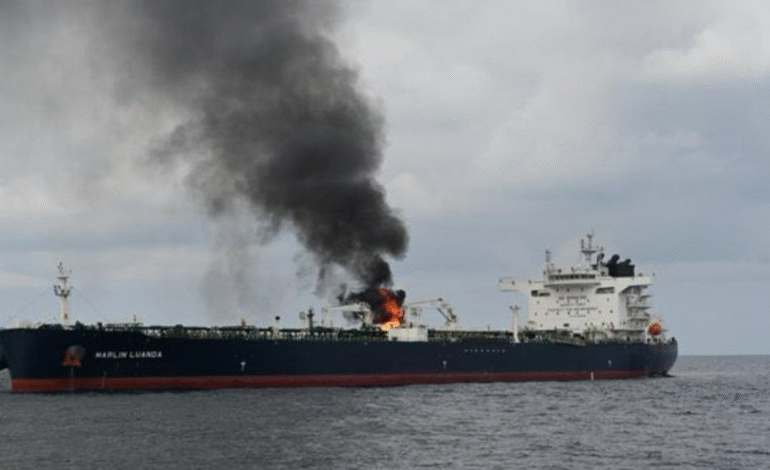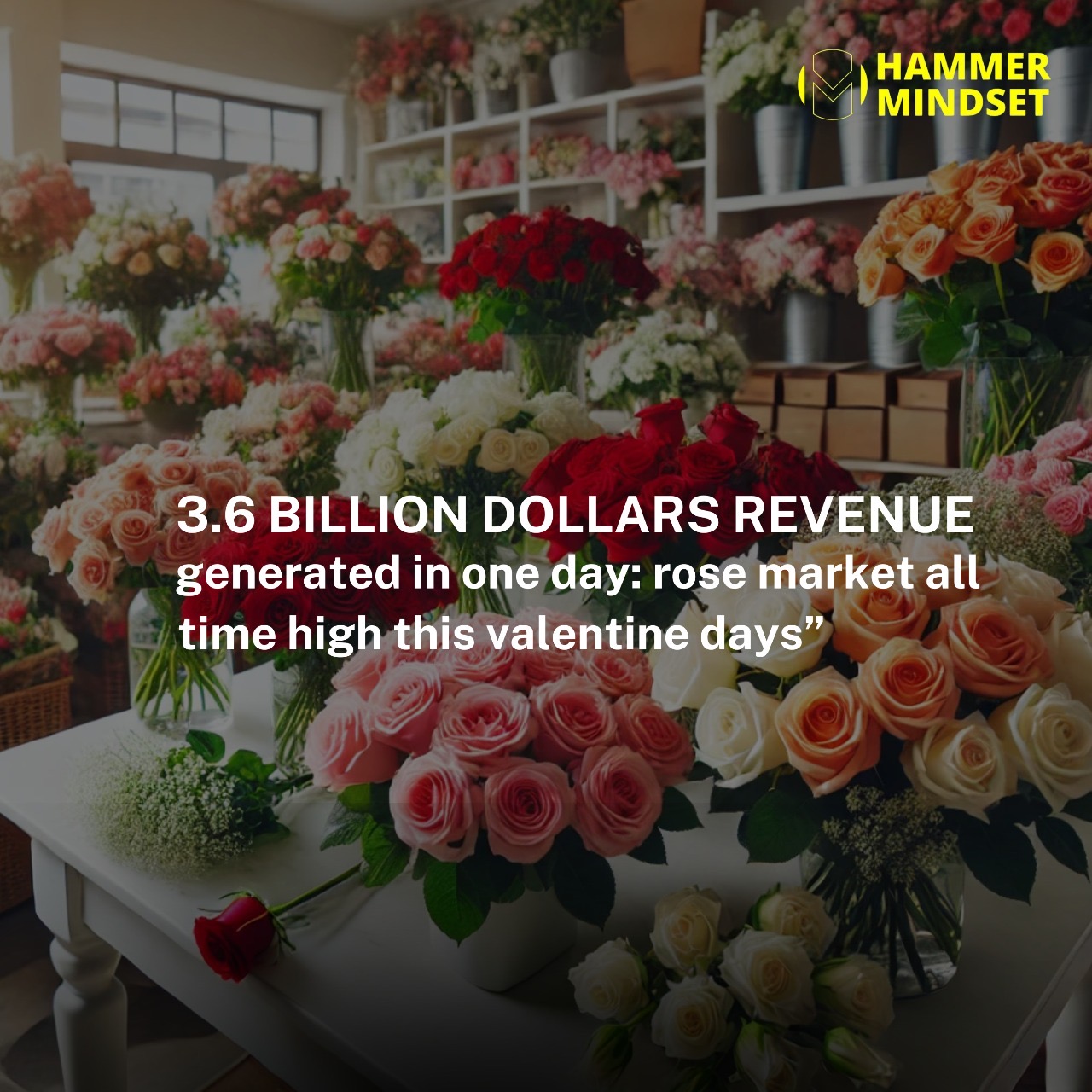Gulf Stocks Rally as Ceasefire Hits Oil and Gold

On June 24, 2025, Gulf equity markets rallied sharply, mirroring a surge in investor optimism following the announcement of a ceasefire between Iran and Israel. The truce, brokered by the United States, concluded a 12-day conflict that had stoked concerns over disruptions to the region’s oil supply. President Donald Trump’s confirmation of the agreement relieved worries about instability in a key global energy corridor, prompting investors to shift capital from safe-haven assets like gold and oil into regional stocks.
The ceasefire eased tension across financial markets almost instantly. The sharp downward movement in oil and gold prices reflected a recalibration of risk appetites, while Gulf stock indices enjoyed a clear positive reaction. Analysts cautioned that although investor sentiment surged, the ceasefire’s durability remained uncertain—any violation or clash could swiftly reverse the market gains.
Dubai Leads the Charge
Among Gulf exchanges, Dubai’s main index soared by 3.4 percent on June 24, marking its largest intraday advance since December 2024. This rally was spearheaded by real estate and travel stocks. Emaar Properties rose 5.1 percent, overtaken by optimism over improved regional stability. Similarly, Air Arabia, the budget airline, registered its strongest single-day performance in more than three years, jumping 7.8 percent as travel sector sentiment improved.
Abu Dhabi followed closely behind with a 2.5 percent gain in its main index. Aldar Properties led with an 8.7 percent surge, signaling renewed confidence in the emirate’s property market. Together, both Dubai and Abu Dhabi reflected investor relief at the reduced potential for conflict-driven disruptions, while also underlining the depth of integration between regional geopolitics and financial markets.
Wider Gulf Gains
Markets beyond the UAE also rallied. Saudi Arabia’s Tadawul index climbed 2.3 percent, driven by strong performance among financial stocks and new market entrants. Al Rajhi Bank and Saudi National Bank gained approximately two and 2.4 percent respectively, while Flynas, the newly listed airline, surged 7.5 percent to reach 80.20 riyals. However, not all sectors echoed the bullish trend. Saudi Aramco, the nation’s oil behemoth, saw its share fall by 1.5 percent—affected by falling oil prices—while SABIC Agri-Nutrients slipped by 1.2 percent.
In Qatar, the stock market also benefited from renewed calm. The benchmark index rose by around 2.1 percent, led by a 2.3 percent gain in Qatar Islamic Bank. A recent missile strike on a U.S. airbase in Qatar on June 23 had raised alarms, but the absence of casualties and the swift reopening of Qatari airspace restored confidence in the country’s safety and commercial infrastructure.
Oil Volatility Returns to the Spotlight
With the ceasefire announcement, Brent crude futures tumbled nearly 4.8 percent, dropping to around $68.12 a barrel by early Liquid London trade. That decline erased much of the premium added during the conflict, when oil had spiked to $81 amid fears of supply disruption. As hostilities eased, uncertainty over regional oil output diminished, pushing prices downward.
However, the rebound triggered by a fresh accusation from Israel—claiming a missile violation of the ceasefire—raised market concerns anew. This renewed geopolitical uncertainty reinstated pressure on oil prices, demonstrating how sensitive energy markets remain to developments in the Middle East.
Gold’s Safe-Haven Role Weakens
Gold, consistently viewed as a safe-haven investment during geopolitical turmoil, also declined sharply. Spot gold fell 1.5 percent to about $3,315.20 per ounce, its lowest since early June. U.S. gold futures dropped 1.8 percent to $3,330.80. Technical indicators moved decisively: spot gold fell below its 20-day moving average for the first time since May, and the Relative Strength Index slipped below 50—a sign of weakening buying momentum.
Despite the drop, analysts caution that persistent macroeconomic trends—such as inflation fears and broader global tensions—continue to support gold’s price over the medium term. Daniela Sabin Hathorn, a senior analyst at Capital.com, noted that a sustained breach of the $3,330 level might indicate deeper declines, but added that the current pullback appears measured, not panicky.
Global Markets Join the Rally
Optimism rippled beyond Gulf shores. In Europe, the UK’s FTSE 100 gained 0.5 percent, France’s CAC‑40 rose 1.5 percent, and Germany’s DAX climbed 2.2 percent. These gains echoed investor relief following the ceasefire. Asian markets shared the sentiment. Japan’s Nikkei gained 1.2 percent, and Hong Kong’s Hang Seng jumped 2.3 percent. Across these regions, the easing of geopolitical tension allowed investors to reallocate funds into risk assets.
Ilya Spivak, global macro lead at Tastylive, observed that the ceasefire had significantly reduced short-term geopolitical risk. “Investors are rotating out of safe havens and into equities,” he said. Still, he added that a resurgence in conflict could quickly reverse market trends.
Fed Watch Aligns with Ceasefire Impact
While the ceasefire provided immediate regional relief, global markets remain attentive to evolving U.S. monetary policy. Federal Reserve Chair Jerome Powell is expected to testify before the House Financial Services Committee, and his remarks could heavily influence market direction.
President Trump has called for aggressive rate cuts of up to 2–3 percentage points. Powell, however, has maintained a more cautious outlook. Lower for longer rates would likely boost stock markets further by reducing borrowing costs, while also weighing on gold—traditionally less attractive in low-yield environments.
With markets balancing between geopolitical news and domestic policy signals, investors are navigating a complex backdrop of optimism and uncertainty.
Ceasefire’s Fragility Could Shadow Gains
Despite the relief-driven surge, few analysts view the ceasefire as permanently stabilizing. Israel’s allegations of a missile strike by Iran hinted that the agreement may lack durability. Any breakdown would immediately threaten oil supply stability and reignite demand for gold. In such a scenario, regional financial markets could swiftly reverse course.
For now, portfolio managers are cautiously optimistic. Many have begun reallocating capital, but hedging remains essential. That mix hedges against both the potential for sustained peace and the risk of renewed volatility.
Calm but Cautious
The ceasefire between Iran and Israel has undeniably shifted market sentiment across the Gulf and beyond. Gulf indices have rallied impressively, buoyed by improved regional stability. In tandem, oil and gold prices have fallen as investors pivot toward equities. Yet the truce remains fragile, and markets are far from confident about its duration. As global economies brace for upcoming U.S. monetary shifts, the current wave of optimism may be fleeting unless sustained peace takes root. Investors are proceeding with measured caution, balancing hope for stability against the persistent threat of geopolitical disruption.







